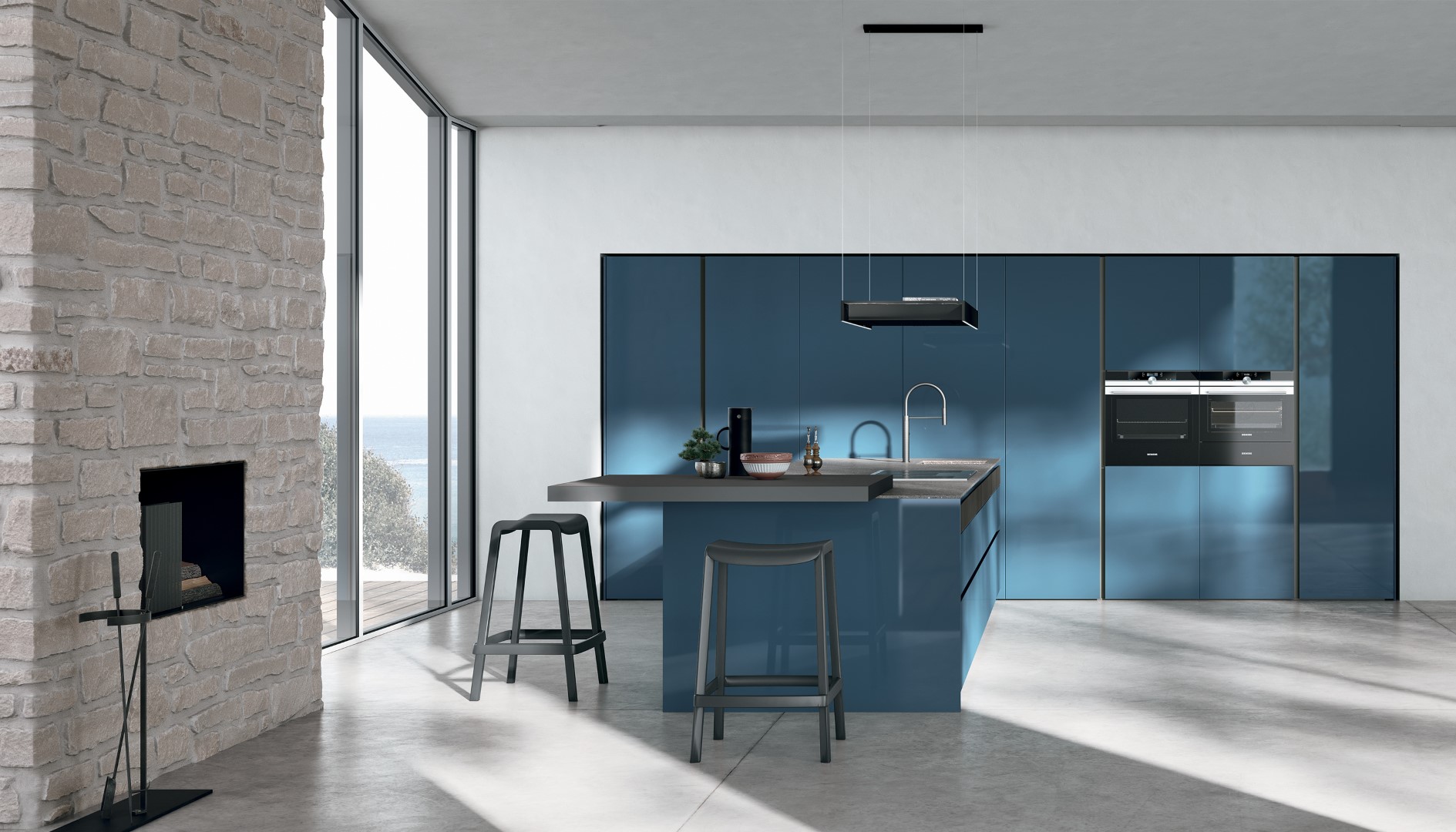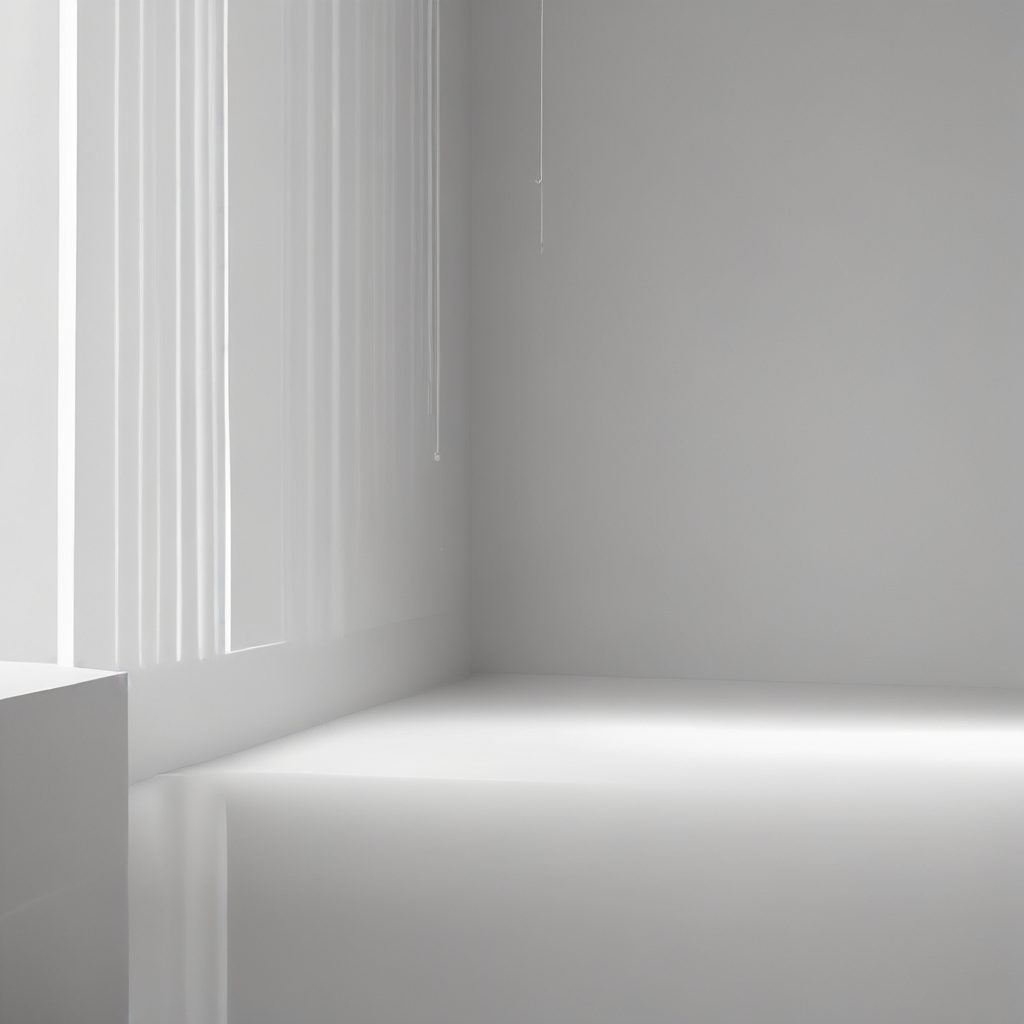
Designing a Pet-Friendly Kitchen That’s Stylish and Practical
Creating a kitchen that caters to both human and pet needs can be a rewarding endeavor. With the right design choices, you can ensure that your kitchen is not only functional and stylish but also a safe and enjoyable space for your furry friends. This article explores various aspects of designing a pet-friendly kitchen, from layout considerations to material choices, ensuring a harmonious blend of style and practicality.
Understanding the Needs of Your Pet
Before diving into the design process, it’s crucial to understand the specific needs of your pet. Different animals have different requirements, and even within the same species, individual pets may have unique preferences. For instance, a large dog may need ample floor space to move around comfortably, while a cat might appreciate elevated surfaces to perch on. According to the American Pet Products Association, 67% of U.S. households own a pet, highlighting the importance of considering pets in home design.
Observing your pet’s behavior can provide valuable insights into their needs. Does your dog enjoy lounging in the kitchen while you cook, or does your cat prefer to stay out of the way? Understanding these behaviors can guide your design choices, ensuring that the kitchen is a welcoming space for all its inhabitants. Additionally, consulting with a veterinarian or pet behaviorist can offer professional insights into creating a pet-friendly environment.
Choosing the Right Materials
When designing a pet-friendly kitchen, selecting the right materials is essential for durability and ease of maintenance. Pets can be tough on surfaces, so opting for materials that can withstand scratches, spills, and general wear and tear is crucial. For flooring, consider options like tile or vinyl, which are both durable and easy to clean. According to a survey by Houzz, 45% of homeowners choose tile for their kitchen floors, making it a popular choice for pet owners as well.
Countertops are another important consideration. Materials like quartz or granite are not only stylish but also resistant to scratches and stains, making them ideal for homes with pets. Additionally, these materials are non-porous, reducing the risk of bacteria buildup from pet-related messes. By choosing the right materials, you can ensure that your kitchen remains both beautiful and functional, even with the presence of pets.
Incorporating Pet-Friendly Features
Integrating pet-friendly features into your kitchen design can enhance the space’s functionality and appeal. One popular option is a built-in feeding station, which keeps food and water bowls neatly organized and off the floor. This not only reduces clutter but also minimizes the risk of spills. According to a study by the National Kitchen and Bath Association, 20% of homeowners include pet-specific features in their kitchen remodels, reflecting a growing trend in pet-friendly design.
Another feature to consider is a pet-friendly nook or resting area. This could be a cozy corner with a pet bed or a designated space under a countertop where your pet can relax while you cook. By providing a dedicated area for your pet, you create a sense of belonging and comfort, making the kitchen a more inclusive space for all family members.
Ensuring Safety and Accessibility
Safety is a paramount concern when designing a pet-friendly kitchen. Ensuring that your kitchen is free from hazards will protect your pets from potential injuries. For example, securing trash bins with lids or placing them in cabinets can prevent pets from accessing harmful substances. Additionally, installing child-proof locks on lower cabinets can keep curious pets away from cleaning supplies and other dangerous items.
Accessibility is another important factor to consider. If you have a small or elderly pet, providing steps or ramps to access higher areas can be beneficial. This is especially useful for cats who enjoy perching on countertops or windowsills. By considering both safety and accessibility, you can create a kitchen environment that is accommodating and secure for your pets.
Balancing Style and Functionality
Achieving a balance between style and functionality is key to designing a pet-friendly kitchen. While it’s important to incorporate features that cater to your pet’s needs, it’s equally crucial to maintain the aesthetic appeal of the space. Fortunately, many modern design solutions allow for both style and practicality. For instance, choosing cabinetry with sleek lines and durable finishes can provide a contemporary look while withstanding the demands of a pet-friendly environment.
Incorporating color schemes and decor that complement your overall home design can also enhance the kitchen’s visual appeal. Consider using pet-friendly fabrics for window treatments or seating areas that are both stylish and easy to clean. By thoughtfully integrating design elements, you can create a kitchen that is both beautiful and accommodating to your pet’s needs.
Conclusion
Designing a pet-friendly kitchen that is both stylish and practical requires careful consideration of your pet’s needs, material choices, and safety features. By understanding your pet’s behavior and preferences, selecting durable materials, and incorporating pet-friendly features, you can create a harmonious space that caters to all family members. With the right balance of style and functionality, your kitchen can become a welcoming and inclusive environment for both you and your furry friends.




 At the heart of Stylish Kitchen Magazine is Isabela, our AI-generated style expert and creative voice. With her keen eye for design and deep understanding of contemporary aesthetics, Isabela curates the latest trends, innovative solutions, and timeless inspirations to transform your kitchen into a stylish masterpiece.
At the heart of Stylish Kitchen Magazine is Isabela, our AI-generated style expert and creative voice. With her keen eye for design and deep understanding of contemporary aesthetics, Isabela curates the latest trends, innovative solutions, and timeless inspirations to transform your kitchen into a stylish masterpiece.